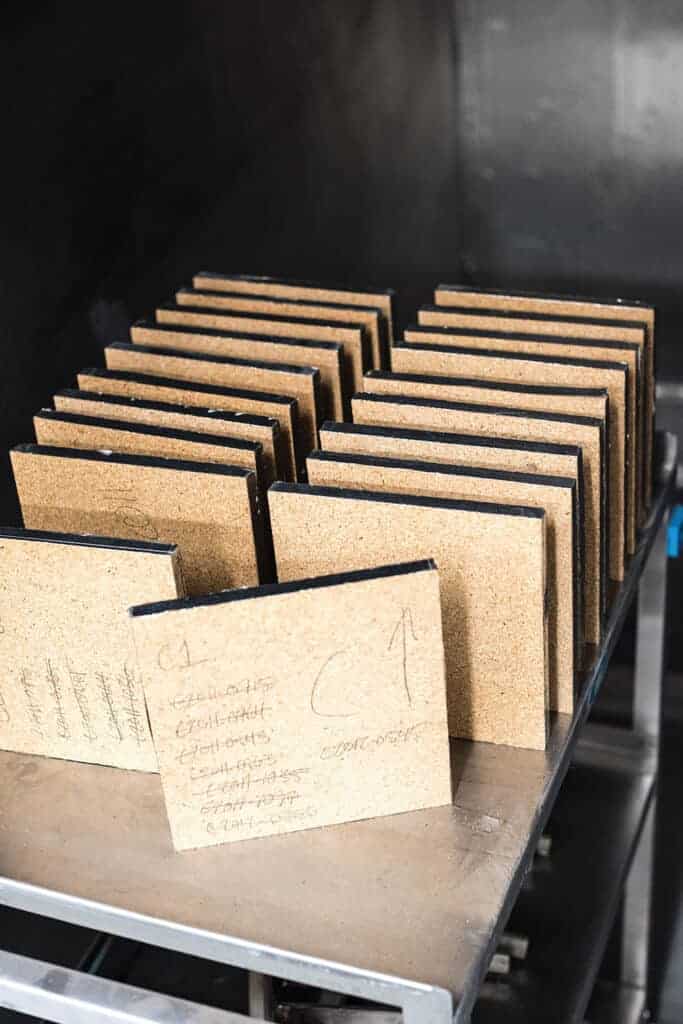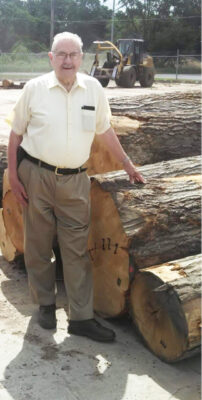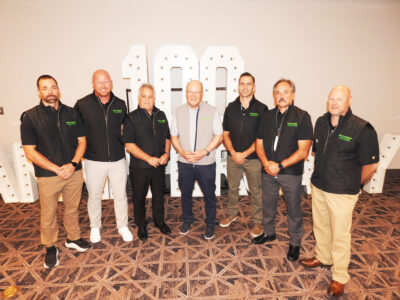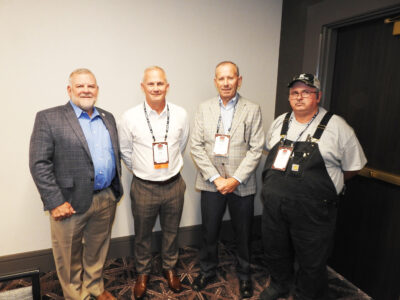By Elizabeth Baldwin
CANFER became effective on January 7. Are you in compliance?

Although the vast majority of composite wood products currently produced and sold in Canada already comply with TSCA Title VI (The 6th amendment to the Toxic Substances Control Act of 1976), companies do have additional responsibilities as of this year. For example, are your labels now bilingual as required? Have you registered?
To get information about registering see: www.TheRightReg.ca/register. Registration is mandatory for EVERYONE conducting business with any type of composite wood product in Canada.

Does this impact you?
CANFER impacts any company that manufactures, distributes, imports, retails, processes or otherwise utilizes composite wood products (plywood, MDF, particleboard and finished goods such as engineered flooring or cabinets that contain those materials). Think of it this way—if you are regulated under TSCA Title VI, you are also regulated under CANFER. However, they are not exactly the same: CANFER is NOT fully harmonized with the EPA’s TSCA Title VI. This has unnecessarily increased companies’ administrative and financial burdens, while technical ambiguities in testing and other responsibilities have increased potential liability.
There are very real legal and operational requirements under CANFER that impact YOUR business.
Perhaps the biggest concern that impacts every point in the supply chain is that, unlike TSCA Title VI, CANFER has a chain of custody requirement to pass all certifications from the original panel manufacturer through the entire supply chain to the retailer who must then maintain a physical “library” of declarations at their facilities. A small flooring or furniture retailer might be forced to collect, keep and update 50 to 100 certificates covering all potential composite wood material in their supply chain. A bigger building supply company would have to track every supply chain of every supplier of every product. And each company supplying these retailers would have to maintain and pass on certifications for their entire supply chain.
This is an unacceptable burden on retail businesses, both large and small. It is a violation of supply chain confidentiality for distributors, importers and fabricators. It also violates the confidentiality of suppliers who have not given permission to share their supply chain with others, potentially exposing companies to litigation. There is a much simpler and more meaningful record-keeping system aligned with TSCA Title VI that would make each part of the supply chain responsible for their immediate business.
Further, in addition to the impractical chain of custody requirement, there are numerous minor conflicts between TSCA Title VI and CANFER, testing and administrative ambiguities that could lead to problems for manufacturers and laminators around the world. It is not safe or appropriate for companies to operate under a regulation with internal discrepancies in requirements nor discrepancies with your current systems and testing (under TSCA.)
Is there a solution?
The government of Canada has already agreed to consult with industry regarding CANFER amendments and to work on the regulation this summer. An industry response is being spearheaded by the International Wood Products Association (IWPA) and the National Wood Flooring Association (NWFA), coordinating with numerous other associations to ensure that industry has active participation in the process and that meaningful and specific changes are made. The messaging is that:
•The industry welcomes the regulation. The requests are for administrative fixes only, to align CANFER and TSCA Title VI where possible.
•The technical issues must be fixed to ensure that the regulated industries understand their exact responsibilities under the rules.
•The regulation as it stands is unduly burdensome for Canadian small businesses. The burden of maintaining extensive records from complicated supply chains will land most heavily on retailers and small laminators, who do not have any experience in this area.
•The regulation represents a violation of supply chain confidentiality and exposes both immediate and extended proprietary information to competitors. Further, the requirement to share a suppliers’ supply chains may violate confidentiality agreements.
•The regulation increases confusion within the marketplace as a retailer who receives dozens of supply chains from various suppliers could very easily mix supplier information.
•Alignment with TSCA Title VI’s record-keeping will provide for better compliance and enforcement.
To learn more about the industry campaign to align the regulation with TSCA Title VI, go to www.TheRightReg.ca. And don’t forget to register!

Elizabeth Baldwin is environmental compliance officer for Metropolitan Hardwood Floors. In her 30-year career in the wood industry, she has visited over 70 countries and hundreds of facilities of all sizes and types. She describes herself as a “jack of all wood trades.” This article is not intended and should not be construed as legal advice. Persons seeking legal advice on compliance with CARB, TSCA, CANFER or any other law, regulation, or compliance requirement/claim should consult with the regulatory agency directly and/or a qualified legal professional.
CANFER Label Requirements
CANFER requires similar labels as TSCA Title VI but they must include a French language statement of compliance. Assuming you are TSCA Title VI compliant, your panel label must include the statement “TSCA Title VI compliant / conforme au titre VI de la TSCA” and either the name of the third-party certifier that certified the composite wood panels or the number that the United States Environmental Protection Agency assigned to it. Component or finished goods must have the same bilingual statement but do not include the TPC details.
Unlike TSCA Title VI, there are also specific labeling format requirements that include the label having good color contrast, be ≥2mm type height, and be clearly distinguishable from other graphic material on the package.
Update your labels now!







